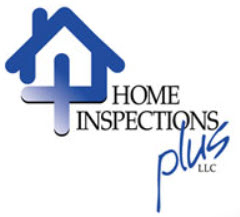Home Inspections: Mold
The best way to deal with mold is to understand mold and how it occurs. Molds live in the soil, on plants, and on dead or decaying matter. Outdoors, molds play a key role in the breakdown of leaves, wood, and other plant debris. Without molds, our environment would be overwhelmed with large amounts of dead plant matter.
Molds produce tiny spores to reproduce, just as some plants produce seeds. These mold spores can be found in both indoor and outdoor air, and settled on indoor and outdoor surfaces. When mold spores land on a damp spot, they may begin growing and digesting whatever they are growing on in order to survive.
Moisture control is the key to mold control. Molds need both food and water to survive; since molds can digest most things, water is the factor that limits mold growth. Molds will often grow in damp or wet areas indoors.
Common sources or causes of water or moisture problems include roof leaks, deferred maintenance, condensation associated with high humidity, localized flooding, slow leaks in plumbing fixtures, and malfunction or poor design of humidification systems. It is important to dry water-damaged areas and items within 24-48 hours to prevent mold growth. If mold is a problem in your home, clean up the mold and get rid of the excess water or moisture. Wash mold off hard surfaces with detergent and water, and dry completely. Absorbent materials (such as ceiling tiles & carpet) that become moldy may have to be replaced.
When moisture problems occur and mold growth results, building occupants may begin to report odors and a variety of health problems, such as headaches, breathing difficulties, skin irritation, allergic reactions, and aggravation of asthma symptoms; all of these symptoms could potentially be associated with mold exposure.
All molds have the potential to cause health effects. Molds produce allergens, irritants, and in some cases, toxins that may cause reactions in humans. The types and severity of symptoms depend, in part, on the types of mold present, the extent of an individual's exposure, the ages of the individuals, and their existing sensitivities or allergies.
For more information visit this website:
EPA's main mold page.
Includes information about mold and how to handle clean-up situations.

